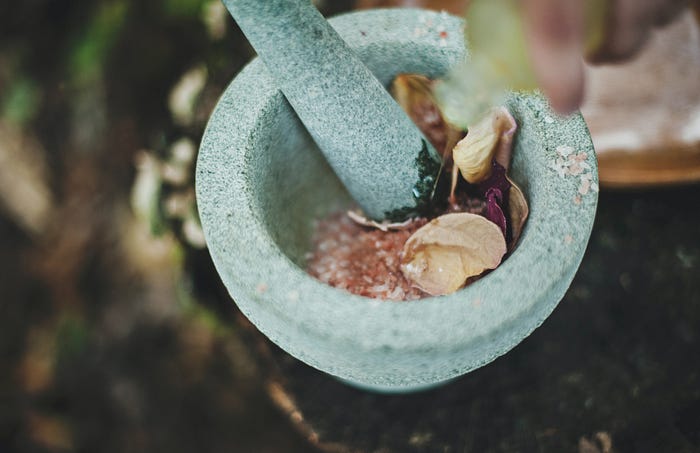The Healing Nature of Aromatherapy
Since the ’70s and ’80s, there has been a significant resurgence of interest in aromatherapy, with special attention to essential oils as a result of a movement towards integrating natural medicine into the collective consciousness. Now with increasing environmental awareness, aromatherapy is experiencing a heightened popularity with consumers wanting to avoid as many chemicals in the realm of self-care and wellness. Unsurprisingly, these oils are rooted in thousands of years of tradition, dating back to the days of ancient Egypt where farmers cultivated certain plants for their cosmetic and medicinal purposes. Concurrently, Chinese and Indian cultures were exploring aromatic plants as well, which would become an integral part of the ayurvedic medicinal system still widely used today. It wasn’t until the Roman empire that aromatic bathing started to become an essential part of their daily lives.

So, what are the supposed benefits of these oils and how should they be approached? Let’s take a closer look at some of the more popular varieties as a starting point:

- Lavender: Potentially the most widely used essential oil, known for its distinct herbal scent, has healing properties in the realms of relaxation, balance, and sleep. It is said to help with relieving inflammation as well as an aid to headaches and migraines.
- Lemon Oil: A citrus compound known for its antifungal, antimicrobial, and antiseptic properties is yet another oil everyone should have on their shelves. Be sure to apply only in situations where sun exposure is limited as it can make the skin sensitive to sunlight.
- Eucalyptus: As the universal spa scent, Eucalyptus can be both stimulating and nourishing with a sharper aroma than most. It is often paired with other oils such as sweet orange, geranium, or sandalwood to help diffuse the scent. Use this oil to relieve aches and pains in the muscles or joints.
The beauty of essential oils is that once you start to develop a sense of which kinds of scents you enjoy, as well as understanding which oils serve a specific purpose, you can create your own blends. An excellent place to start is by choosing one predominant oil and mixing it with a carrier such as jojoba oil, coconut oil, or even olive oil. The point of this is to dilute the essential oil, which can otherwise be damaging to the skin. Do not be fooled into thinking throwing it in your bath is enough, as the oil will remain separated from the water, attach to skin, and potentially cause irritation. Certain experts recommend five to twenty drops of your favorite oils, mixed with approximately one tablespoon of whichever carrier you decide to utilize. Make sure to add them right before you get into the bath. If you wait too long, a great deal of oil may evaporate into the air and you will have to re-apply. Also, do not utilize essential oils if you have broken or irritated skin, are pregnant, or bathing with a child

Adding essential oils to your bath or shower is yet another way to become aligned with thousands of years of tradition. From healing properties across the board to general relaxation, these methods can elevate the experience of bathing to a great degree. Here at WATRLINE, we’re always looking for ways to help our clients engage with their bath products, especially when it’s aligned with a cultural movement. These oils are a tried and true means of natural rejuvenation, and if it means you’re getting into the shower or bath more often as a result of their healing properties, we can only imagine that they will become an integrated part of your bathing ritual for years to come.
